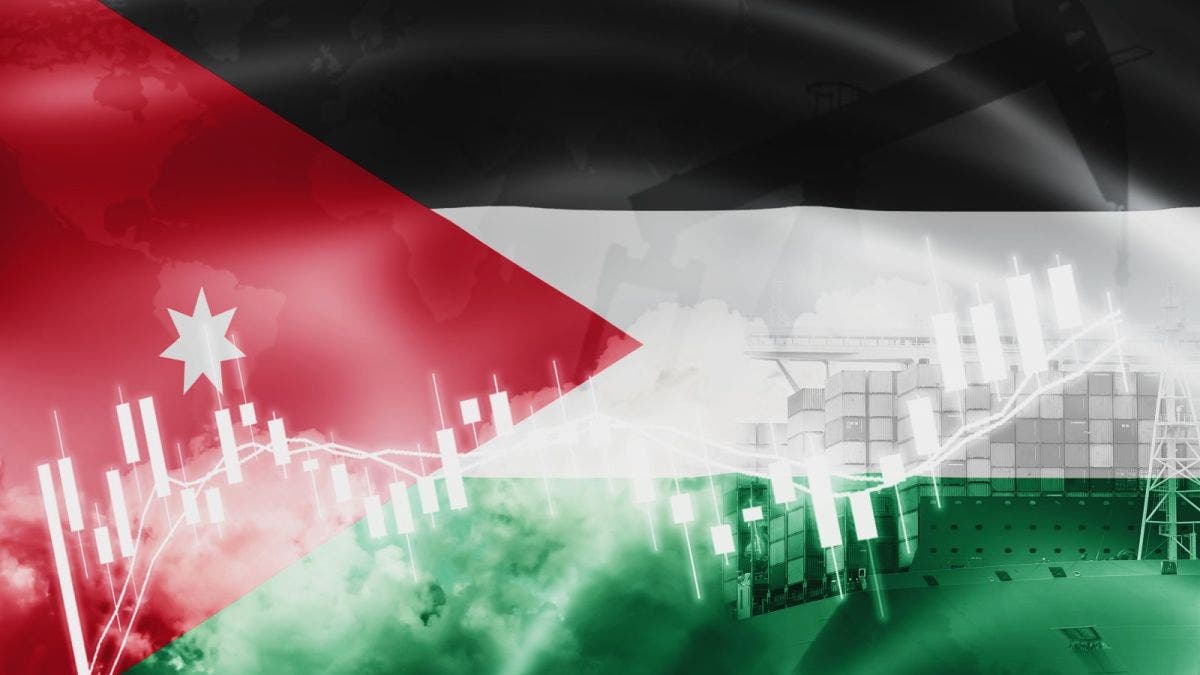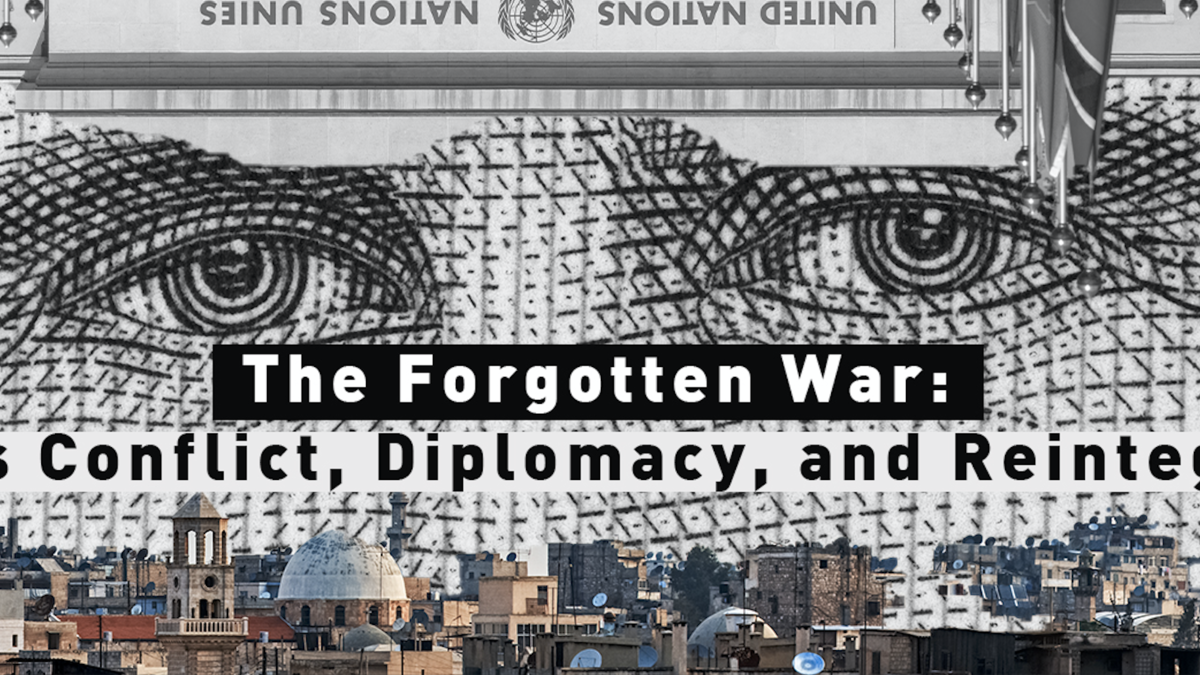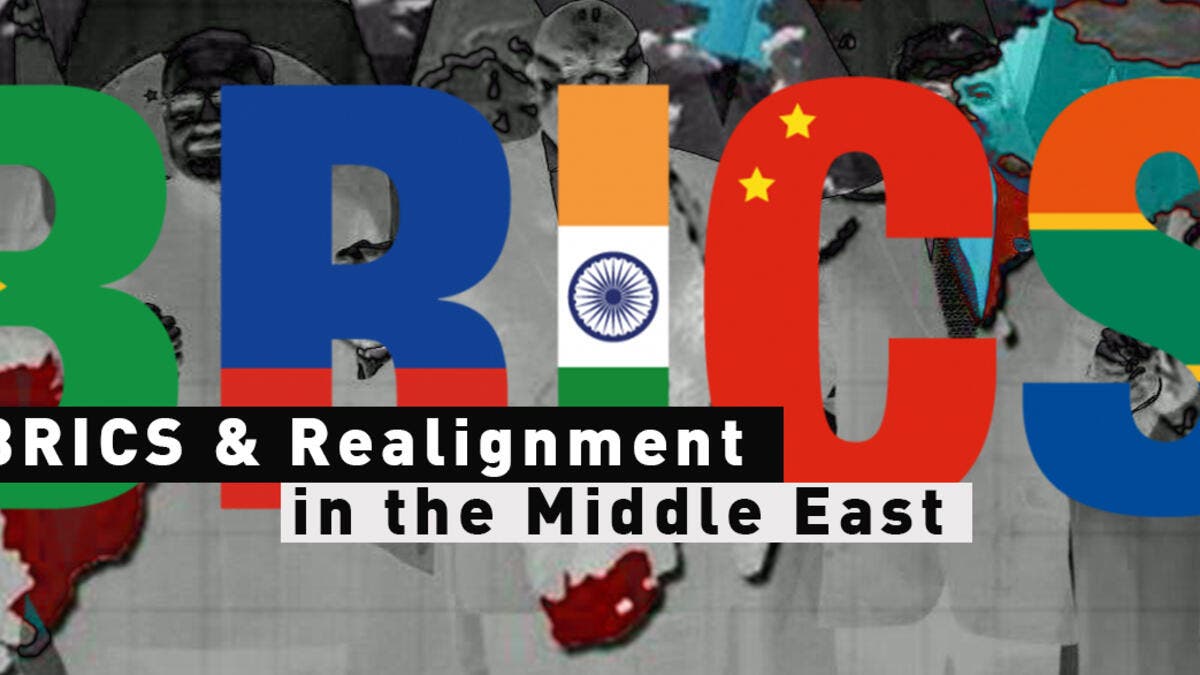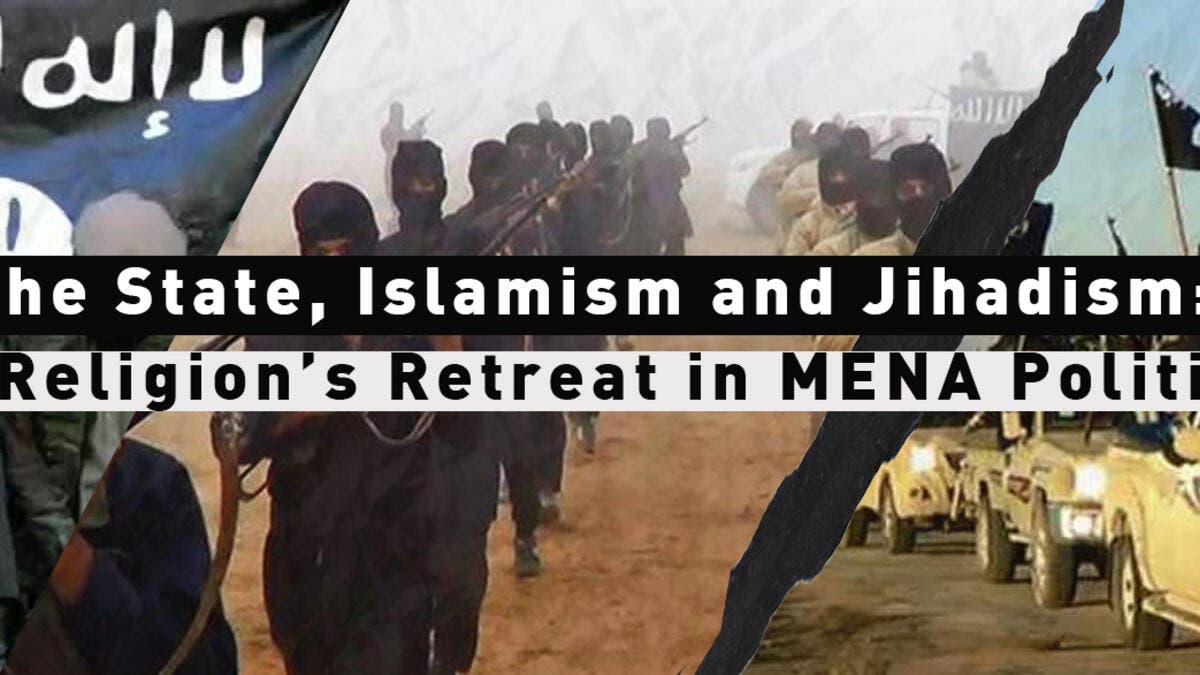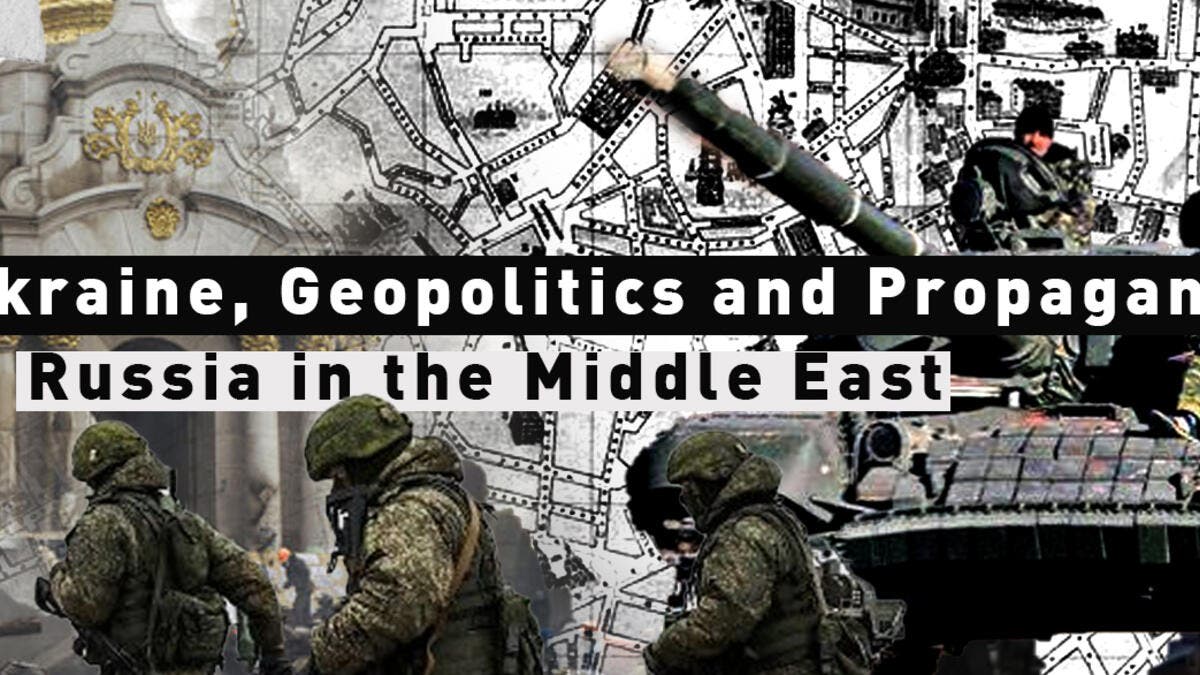Eleven years after the Arab Spring, the Middle East has yet to shed the mood of protest. There is now little that is revolutionary about its struggles of revolution, and Iran is only the latest country to be ensnared in the agitation called up by such desire.
Expectations that citizens of MENA countries might become too dispirited to maintain battle with their regimes have been mistaken; however, the shouts, songs and sweat of the street continue to be absorbed by regimes, suggesting that the political power of social protest is receding to a point of emptiness.

A growing feature of this counterrevolutionary resistance is also the use of the digital. With conditions for dissent as ripe today as they were a decade prior, regional autocrats are making sizable efforts on online platforms to ensure that the luck and liberation of the Arab Spring is never repeated.
Contemporary social protest
Despite the brutal consequences of uprisings in Syria and Yemen, and the fullness of their failure in North Africa, the culture of political protest has locked itself into MENA politics; with unresolved socio-economic frustration and political grievances, it has yet to be relinquished as an instrument of dissent.
Algeria’s Hirak movement of 2019 gave form to nation-wide protest and thwarted President Bouteflika’s intention to run for a fifth term. However, this was the extent of its success; after achieving its initial goal, the Hirak’s objectives and direction sunk into nets of division.
A universal problem of national protest movements is although an initial goal of say, regime change, might offer sufficient glue at first, ideological disagreements – particularly the frenzied rivalry between secularist and Islamists – reliably spoils their ability to unite around political alternatives.
Another shortcoming was the Hirak leaders ruled out compromise with the military, without which democratic progress was impossible. Post-election Algeria, under the control of President Tebboune picked by Algeria’s murky state, is remarkable only for its lack of change in the constitution, electoral system, or constraints of presidential power after such a swelling of popular agitation.
The Hirak is struggling to remain a relevant opposition despite its support seeming intact post-Covid. Although the authorities grudgingly tolerated the Hirak protests in 2019, this lenience was rescinded a year later. At present, the regime is set on eradicating all political and popular organisations which contributed to the Hirak, leading to the arrest of many influential figures associated with it.

Protest continues in Tunisia [AFP]
Mass and modest protest is also shaking Tunisia’s landscape
Throughout 2021, protest against the government’s botched handling of the coronavirus outbreak and socio-economic turmoil was common. Such frustration had accumulated with nine separate governments since the 2011 revolution, all of whom failed to tackle contentious but necessary issues, like transitional justice or economic reformation, showing that too much consensus in politics can be as harmful as too little.
These amounted to organic mobilisations in support of authoritarian action to address problems the new, democratic system had failed to resolve.
Since the coup, political parties have led the counterprotest. In mid-October, two rival Tunisian opposition groups staged one of the biggest demonstrations against the President and to protest the country’s financial crisis.
However, the size of the protests against the unmaking of democracy has been underwhelming; this is primarily an indictment on the performances of governments since the revolution, but may also indicate growing concern about the return of Tunisia’s heavy-handed security services.
The General Labour Unions (UGGT) played an integral part in the 2011 revolution but its disapproval of the President – shown through its boycott of his national dialogue – has yet to lead to political protest. Although the UGGT has staged nationwide strikes about the country’s financial trouble, it has cautiously clarified that the grievances are not political.
In contrast to Tunisia, there has been scant support for the coup in Sudan and popular mobilisations against the military – whose leaders, unlike President Saied, are unelected – have been out in force. In October 2021, General al-Burhan tore up the Constitutional Declaration which military and civilian leaders had agreed upon when President Omar Bashir was forced from power in April 2019, abruptly ending the transition from military to civilian rule.
Civil society groups who led the uprising against President Bashir in 2019 have repeatedly marshalled tens of thousands of people onto the streets of Khartoum and other cities in protest again.
Like other MENA protest movements, their commitment to peaceful activism has remained firm in an effort to avoid anything which might invite regimes to heighten their violent and repressive responses. Facing the military’s unbending use of force, however, non-violent activism has slim chances of success. So far, the Sudanese security forces have killed at least 119 protesters and injured more than 7,000 individuals.
In recent weeks, such protests have expressed a popular rejection of ongoing US-led talks which seek to broker a new civilian-military partnership. During demonstrations of tens of thousands in October, many were chanting: “No negotiations, no dialogue, no partnership.”
It seems that popular demand insists on a fully civilian government stripped of all military involvement, reproducing the same understandable though impractical stubbornness of the Hirak.

Sheikh Jarrah protests [AFP]
The role of digital in protest
One merely needs to stroll down a street of any regional city in the evening to see the dazzling influence of social media amongst younger generations – be it YouTube, TikTok or Facebook. The boundary between the real and virtual is fuzzy; and social media touches every aspect of contemporary life in the Middle East.
Political mobilisation is one of social media’s many functions. Its role in protest movements has become so large that it is now inconceivable that significant expressions of protest do not lean on it heavily; indeed, there is no question of its potential to touch and summon emotion.
This was exemplified in the 2021 video of a Palestinian woman shouting “You are stealing my house” at a heavy-set Jewish man in the neighbourhood of Sheikh Jarrah in East Jerusalem, to which he replied with jarring callousness, “If I don’t steal it, someone else will steal it.” Local protests erupted in a fury which infected the globe.
In Iran, the hashtag #mahsaamini was tweeted and retweeted more than 250 million times in Persian (and more than 50 million times in English) in the first month after her death, raising awareness of the initial incident which called up nationwide protest. The spread of this story mobilised tens of thousands of protesters into organised rallies of public dissent against the regime.
Once popular agitation has taken to the streets, social media offers accountability. This carries a significant risk of fuelling tension and emboldening protest through the repeated recording and sharing of crimes by regimes – which inevitably multiply when trying to muffle dissent.
Iranian streets are not the only locations cluttered with contests; a discursive battle is raging on social media between the regime and protesters. With platforms suspended in the country during internet blackouts, the diaspora has picked up much of the slack battling bots and regime supporters.
Social media has also enabled the Iranian youth to bring protests to international consciousness. (Secular and political enmity towards Iran’s theocracy in the West has influenced this disproportionate media coverage in contrast to regional protests elsewhere.)
The global reach of social media, however, offers only a verisimilitude of support to protesters by a helpless international community; and consumed by the singleness of purpose to reconsolidate power, regimes care little about the outrage won by social media abroad.
Tweets like #تسقط بس ( ‘just fall’) are among the most popular chants in Sudan which have saturated local social media to perpetuate the pulse of protest since the coup d'état in November 2021, puncturing hopes to remove the military from governance.
Like Iran, it is used to connect with the sizeable Sudanese diaspora who, at times of blackout, have continued the conversation, such as through the hashtag #BlueForSudan in June.
Mass protest in Khartoum and elsewhere in the country continues to rely heavily on social media’s practical capacities to mobilise and organise. This has enabled Sudan to reach a scale of collective action unimaginable during popular protests in 2013.
With 70% of Algeria’s population under the age of 30, the Hirak in Algeria has also been empowered by social media. Its decentralised online activity on Facebook and other platforms, run by members of various socioeconomic groups, invited greater participation amongst the public.
Social media has a breath-taking capacity to mobilise people, but this, paradoxically, can hamstring the ability of protest movements to achieve meaningful political change.
Like protests in Sudan, the Hirak’s successfully used social media to mobilise the population at a dizzying pace but only at the expense of its long-term aspirations: it discouraged the formation of formal leadership and lent only a fleeting unity to its diverse ideological membership, whose unresolved tensions spoiled its ability to unite around political alternatives to Le Pouvoir.
Citizens in the Middle East have not withdrawn from struggle nor abandoned their hopes of change. However, the resistance of regimes, the unmaking of revolutions, and the paralysis of protest movements, suggest that social media is a far blunter instrument of political change in the region than 2011 first promised.

0s and 1s [Shutterstock]
Digital authoritarianism and dissent
With social media now an indispensable tool of social protest, MENA regimes have naturally invested significant resources into understanding and adapting to this contemporary threat. The instability of 2011 was a moment of unparalleled clarity for regimes: unpoliced spaces for collective communication cannot be tolerated without inviting great risk.
Digital information technology has facilitated nationwide protests at shocking speeds, but it has also equipped authoritarian states with the means to heighten their power. Social media and digital technology are now key tools of the counter-revolutionary toolkit.
Such strategies include: the online manipulation of public discourse in their favour via inauthentic activity and influence operations; surveillance of the online public through big data analysis, spyware, and tracking apps; and the silencing of the online public through deplatforming, content moderation and targeted repression.
Several MENA regimes replicate the digital authoritarianism of China and Russia. Social media bot armies have been assembled by Saudi Arabia and the UAE to make furious battle with dissident opinions through disinformation and intimidation; equally, they are used to steep the internet in nationalistic propaganda.
To combat the Hirak in Algeria, the state created countless fake accounts on digital platforms to spread disinformation about the social movement. Such accounts were particularly active at the end of 2019 to combat the Hirak’s fruitless opposition to new presidential elections.
The unequal distribution of social media influence – a small percentage of popular accounts dominate reshared content – suggests that authoritarian regimes need not have an overpowering digital presence to monopolise online discourse. This convenient knowledge has been acted upon by MENA rulers.
Facebook’s response to the Algerian regime’s exploitation of social media was to naively deactivate pro-Hirak accounts reported for misconduct by trolls. Similarly, many Iranian opposition groups and activists have alleged that Instagram has removed certain hashtags, videos and posts of dissent in recent months.
Belief in social media as a tool for liberation has broken as Facebook, Twitter and other platforms have become towering enablers of repression.
This changing mood towards social media has been exemplified in Syria. In 2011, protesters shared messages of thanks to Facebook; and yet a decade on, they took to Twitter using the hashtag #FBFightsSyrianRevolution to protest the easy exploitation of social media platforms by the Assad regime.
And when sparks of online dissent have ignited street protest, many MENA regimes fall back on switching off the internet. In June when the Sudanese regime committed a massacre against protesters, this tactic managed to muffle national and international fury.
Regimes recognise that however much they try to distort reality and flood facts on the ground with falsehoods, social media can rarely be subdued; and that despite its inadequacies, social media offers existential value to protesters for coordinating and inspiring resistance.
Since the Arab Spring, it is not just virtual spaces in the Middle East which have been checked by heavy repression. When digital authoritarianism proves insufficient, the military and security forces have been on hand to seize the passion of protest with a larger concern: evading bars and bullets.
In Sudan, social media has been cluttered with verified videos of civilians being shot, beaten, and choked (with tear gas) by security forces. So far, 119 protesters have been killed.
Similarly in Iran, the regime has killed hundreds of protesters in concert with a campaign of mass arrests. On the 21st November, videos showed Iranian security forces with helicopters and military vehicles swamping areas of dissent in the north, and cracks of gunfire straining the air of cities like Mahabad.
Such forces have used a range of psychological and propaganda tactics to neutralise protest. Spreading harmful rumours among protesters is regarded as among the more effective tactics, spread externally through social media, and planted internally by agents infiltrating movements.
And now post-coup Tunisia is seeing the return of the familiar police state whose repressive acts are multiplying to crush the faint gasps of dissent: from the growth of house arrests, the imprisonment of members of parliament, and the stifling of local media.
The vanity of revolution in the Middle East today reflects, in part, autocratic efforts to puncture protest. With the continuity of political and socio-economic crises, the region’s digital space will remain busy with battle between regimes and their opponents.

Tahrir square, 2011 [AFP]
The future of protest
It is unclear what value posterity will place on the revolutions in Egypt and Tunisia, or initial successes of social movements elsewhere in the region: will such memories heighten or diminish the value of protest? Today they are in easy recall, but just how long will they stay alive in popular consciousness, as autocrats rinse away all traces of their happenings, is uncertain.
And yet their spirit continues undisturbed in many countries; and so too the courage to destroy and rebuild systems. Perhaps social protest is now less seen as a serious tool of political change and simply the most attractive choice for political expression. In the constrained environments of the region, the appeal of the autonomy this offers activists should not be understated – whatever its practical failings.
Invited by the shifting of international (Western) attention to other parts of the world, however, protesters face the dark prospect of meeting the increasingly brazen repression and violence of regimes. And with the digital and physical world now an intimate pairing in social protest and more broadly in daily life, social media platforms have become noticeably colonised and compromised by autocratic influence.
Looking globally, recent research found that the odds of success of mass protest today have plunged worldwide and are at their lowest since the 1930s; in addition to the inadequacies of social media and the role of polarisation, the rising tide of illiberalism and sympathy for strongman rule is a key factor thwarting democratic movements.
Western media, full of liberal bias and hope, will always magnify foreign populations reaffirming ideas of democracy and liberty. What such coverage often neglects, however, is the rooted illiberalism of societies abroad, like in Russia or Afghanistan, who do not share Western views about the sanctity of such ideas.
As revealed by antidemocratic mobilisations in Egypt in 2013 and those in Tunisia last year, it is not only regimes in the Middle East who are opposed to revolution; there is resistance to political change buried within sizable segments of their citizens too.
The views expressed in this article do not necessarily reflect those of Al Bawaba News.



